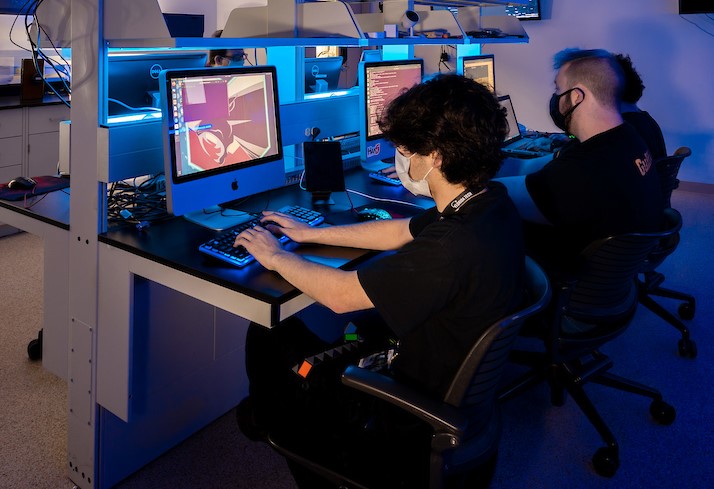Document Type
Conference Proceeding
Publication Title
Proceedings of SPIE - the International Society for Optical Engineering
Abstract
The use of artificial neural networks (NNs) to address the channel assignment problem (CAP) for cellular time-division multiple access and code-division multiple access networks has previously been investigated by this author and many others. The investigations to date have been based on a hexagonal cell structure established by omnidirectional antennas at the base stations. No account was taken of the use of spatial isolation enabled by directional antennas to reduce interference between mobiles. Any reduction in interference translates into increased capacity and consequently alters the performance of the NNs. Previous studies have sought to improve the performance of Hopfield- Tank network algorithms and self-organizing feature map algorithms applied primarily to static channel assignment (SCA) for cellular networks that handle uniformly distributed, stationary traffic in each cell for a single type of service. The resulting algorithms minimize energy functions representing interference constraint and ad hoc conditions that promote convergence to optimal solutions. While the structures of the derived neural network algorithms (NNAs) offer the potential advantages of inherent parallelism and adaptability to changing system conditions, this potential has yet to be fulfilled the CAP for emerging mobile networks. The next-generation communication infrastructures must accommodate dynamic operating conditions. Macrocell topologies are being refined to microcells and picocells that can be dynamically sectored by adaptively controlled, directional antennas and programmable transceivers. These networks must support the time-varying demands for personal communication services (PCS) that simultaneously carry voice, data and video and, thus, require new dynamic channel assignment (DCA) algorithms. This paper examines the impact of dynamic cell sectoring and geometric conditioning on NNAs developed for SCA in omnicell networks with stationary traffic to improve the metrics of convergence rate and call blocking. Genetic algorithms (GAs) are also considered in PCS networks as a means to overcome the known weakness of Hopfield NNAs in determining global minima. The resulting GAs for DCA in PCS networks are compared to improved DCA algorithms based on Hopfield NNs for stationary cellular networks. Algorithm performance is compared on the basis of rate of convergence, blocking probability, analytic complexity, and parametric sensitivity to transient traffic demands and channel interference.
First Page
508
Last Page
524
DOI
10.1117/12.271512
Publication Date
4-4-1997
Recommended Citation
Hortos, W. S. (1997). Comparison of neural network applications for channel assignment in cellular TDMA networks and dynamically sectored PCS networks. Paper presented at the Proceedings of SPIE - the International Society for Optical Engineering, , 3077 508-524.



